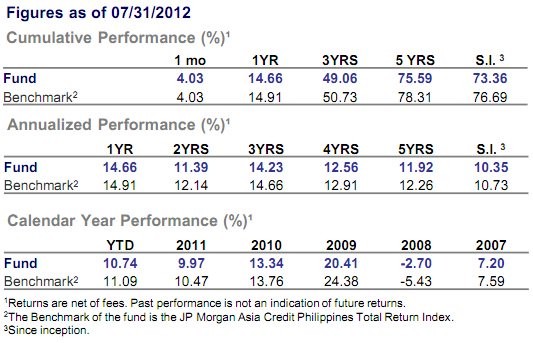Index Fund Investing a history in brief
Post on: 4 Апрель, 2015 No Comment

Mutual funds were created for one reason. Prior to 1923, the only pooled investment was in what was known as an investment trust. Even though the entry point was relatively inexpensive and the investments were pooled, the trust was often manipulated and smaller investors sometimes were defrauded. The mutual fund concept solved those issues and with the launch of the Massachusetts Investment Trust or MIT in 1924, they never looked back. The fund, still in existence today invested in 46 stocks across different industries. It took less than a decade for the idea of indexing the market to fully catch on. Here’s what you need to know about one of the most innovative investment ideas ever developed.
Why was indexing developed?
Keep in mind that the stock market was an incredibly volatile place in its early years. The economy was changing, shifting from agriculture to manufacturing at a rapid pace. There were numerous minor recessions, banking crises and one enormous depression during that period that left potential investors distrustful and skeptical.
How was the index developed?
Alfred Cowles III (1891-1984) was an American economist and businessman. His Cowles Commission Index, developed to track all of the stocks on the exchange, not just the Dow Jones 30 was the precursor of the Standard & Poors 500 index. He also sought to make economics a more statistical and mathematically centered science. By the 1930’s, less than a decade after the first mutual fund was introduced, he began to wonder if the most efficient portfolio was the whole market itself.
Why did it take so long for the first index fund to be developed?

Indexes are comprised of hundreds of securities. Keeping track of their daily pricing is an enormous feat. But to offer this ‘basket’ of securities to investors, additional calculations would need to be added to the equation. Daily cash flows into and out of a fund are difficult to manage in a cost effective way. Actively managed funds passed the cost of these complicated transactions on to their shareholders. Cowles along with numerous other early advocates of this efficient market thinking understood the need to keep costs low. How they asked would the investor get the best market return if the fees were so high as to make the process costly. It wasn’t until 1976 that computers were developed with enough sophistication to accomplish the task.
So computers were the reason index funds came into being?
The advent of more computing power did give the index fund the potential to track the market. But something else happened that year. Until 1976, mutual funds managers were not allowed to negotiate the cost of trading. This fixed commission system was deregulated allowing fund managers to lower their costs to investors. Deregulation also allowed index funds to be sold without forcing the investor to use a commission-based broker.














